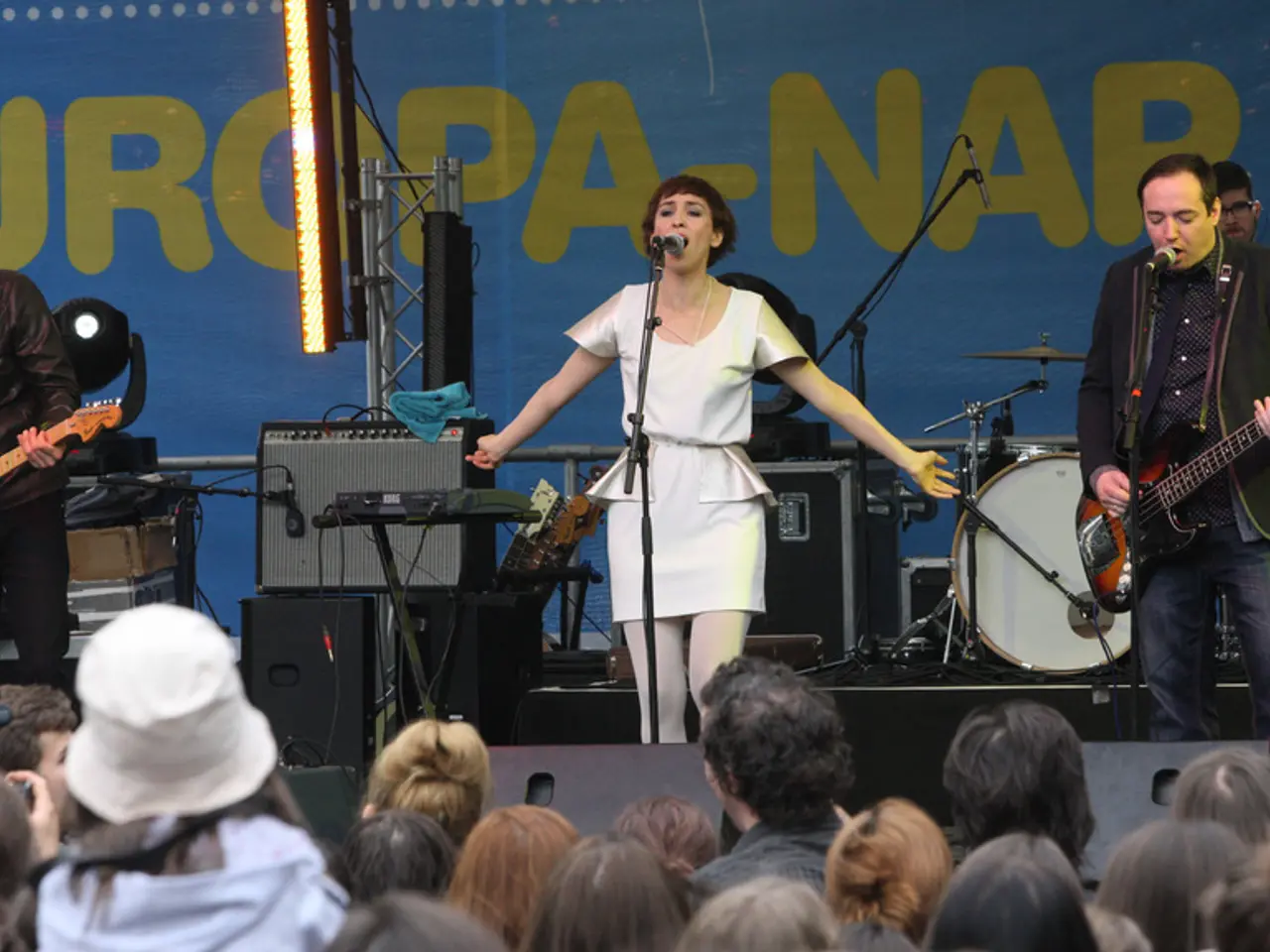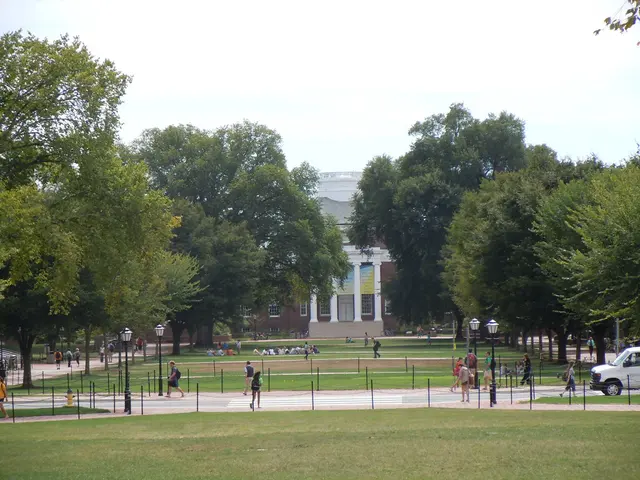Opera Performance for Yiddish Audience: The Russian Connection - Exploring the Multifaceted Journey of Mikhail Medvedieff in Geography, Language, and Theatre
## A Pioneer in the Blend of Opera and Yiddish Theatre: Mikhail Medvedieff
In the early 20th century, the world of Yiddish theatre was enriched by the presence of Mikhail Medvedieff, a Russian opera singer whose journey from the synagogue to the operatic stage would leave an indelible mark on the cultural landscape. Born Meyer Haimovich Bernshtein in 1858, Medvedieff's life was a testament to the multifaceted intertwining of opera and Yiddish theatre.
Medvedieff began his career singing in the synagogue, as had Winogradoff before him, before moving on to operatic training. His cantorial training as a meshoyrerim (synagogue chorister) would later influence his performance style in the Yiddish theatre. This connection between the two worlds was not an isolated phenomenon; many actors and musicians in the Yiddish theatre scene, such as Thomashefsky and Kalman Juvelier, had similar roots in cantorial music.
As Medvedieff's career progressed, he became Anton Rubinstein's protegé at the Moscow Conservatory. His talent was recognised and he secured the prestigious position of Imperial Russian opera singer. However, in 1898, Medvedieff came to New York not through typical operatic channels, but by way of the Yiddish theatre.
During his American visits between 1898 and 1900, Medvedieff performed in an astonishing array of works in the Yiddish theatre context. He appealed especially to Russians, performing predominantly for the Yiddish-speaking Jewish public. Medvedieff's performances were a unique blend of opera and Yiddish theatre, as evidenced by works like Hurwitz's Ben Hador, which featured quotations from Il Trovatore and La Traviata, in addition to drawing on the Italian operatic style.
Medvedieff's foray into Yiddish theatre reveals the multifaceted intertwined nature of opera and the Yiddish theatre around the turn of the 20th century. Operas and Yiddish operettas often shared the same literary sources, with subjects like Hamlet, Salome, the Huguenots, Faust, and the Lady of the Camelias being common to both.
Despite being past his vocal prime by the time he came to America, Medvedieff is still considered an illustrative case study of how opera was embedded within Yiddish theatre culture. His return to his Jewish roots and a Yiddish-speaking environment at the end of his career harked back to a time when he had been merely Meyerl from Medvedevka.
Medvedieff's impact on the blend of opera and Yiddish theatre around the turn of the 20th century may not be as well-documented as one might hope, but his story serves as a reminder of the rich cultural exchange that was taking place during this period. Medvedieff is emblematic of several common forms of cultural crossover in the musical-dramatic sphere of the time, and his life and career provide a fascinating insight into the world of Yiddish theatre during this exciting and transformative era.
Medvedieff's lifestyle in the early 20th century, marked by his career in both opera and Yiddish theatre, served as a reflection of the cultural exchange and fusion between these two domains. His educational and self-development path, transitioning from being a synagogue chorister to an Imperial Russian opera singer, was deeply rooted in the various influences of cantorial music, operatic training, and Yiddish theatre. In addition to his entertainment contributions, his unique integration of opera and Yiddish theatre in his performances, particularly through works like Hurwitz's Ben Hador, also extended to the realm of music, blending Italian operatic style with traditional Yiddish theatre.




